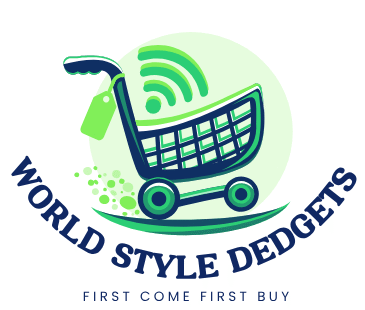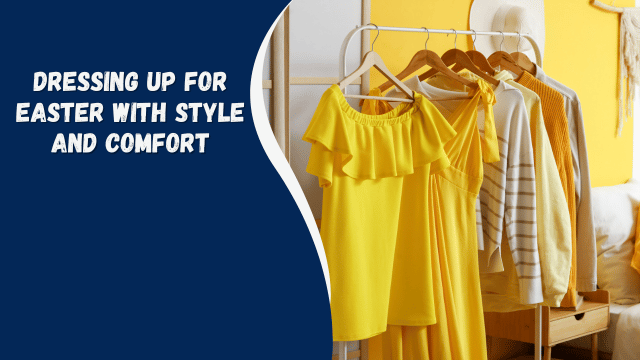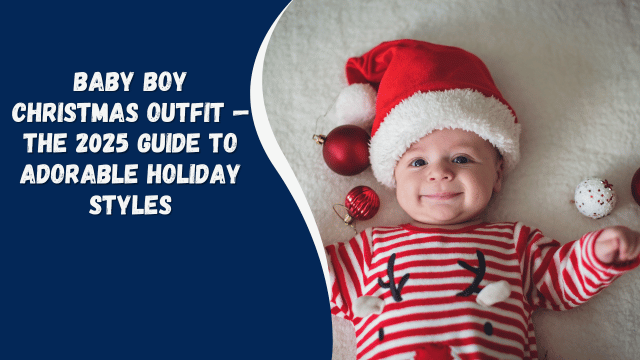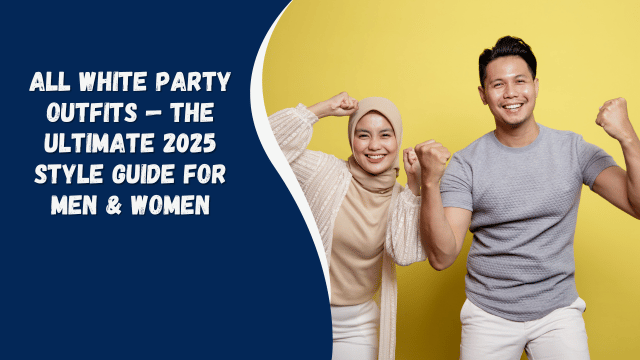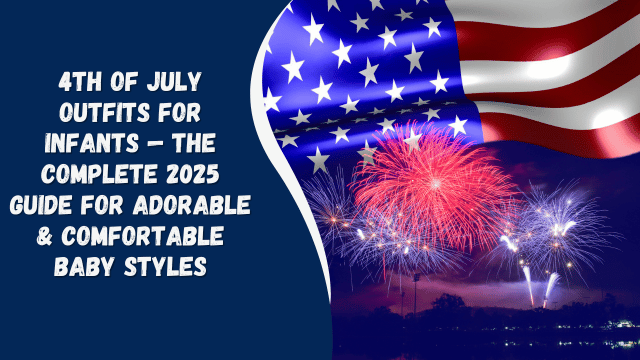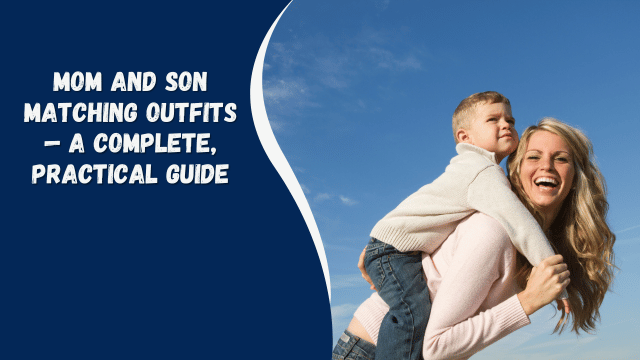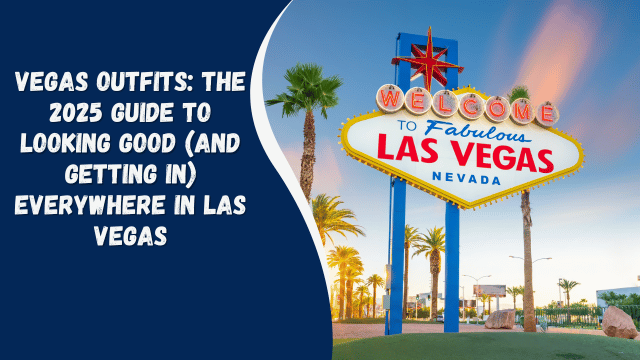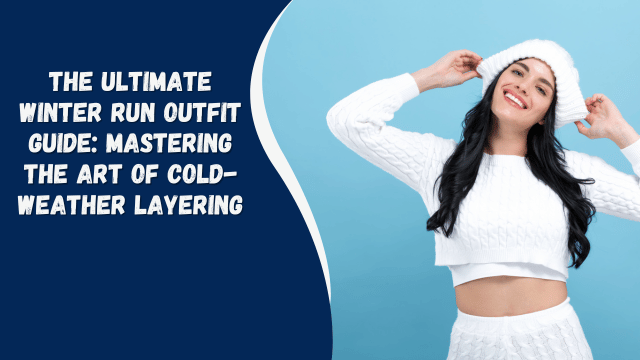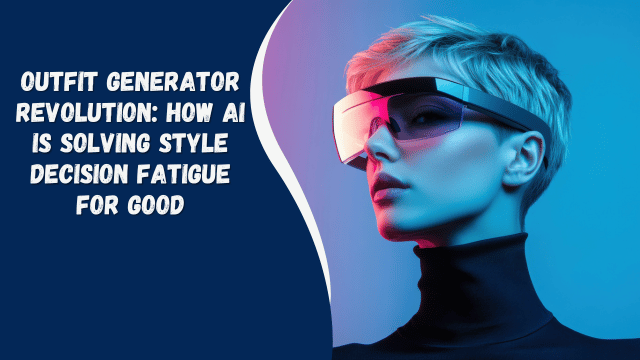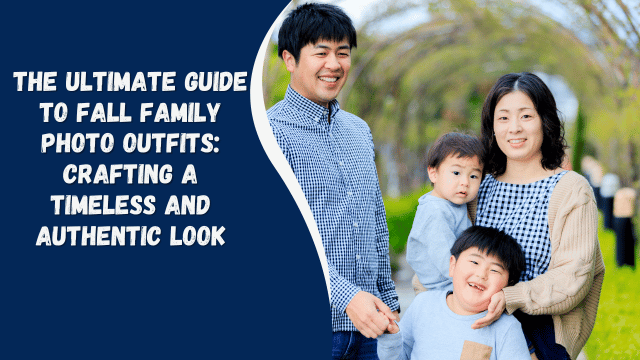Meta Description (SEO): Discover the best boys Easter with style and comfort outfit ideas for 2025! From pastel suits and linen shirts to casual suspenders and family-matching looks, this style guide covers trendy, comfortable, and photo-ready outfits for little boys this Easter season.
Introduction – Dressing Up for Easter with Style and Comfort
Easter is one of those rare times when tradition meets joy — spring flowers are in full bloom, family gatherings are warm and cheerful, and kids dress up in their best outfits for church, brunch, and Easter egg hunts. For parents, finding the perfect boys Easter outfit is about balancing charm and comfort: something polished enough for photos, yet relaxed enough for play.
In 2025, boys’ Easter fashion blends pastel elegance with modern comfort — lightweight fabrics, cheerful colors, and playful accessories like bow ties, suspenders, and loafers. Whether your little one is a newborn, toddler, or growing pre-teen, this guide dives deep into the latest trends, expert styling tips, and shopping recommendations to make this Easter truly picture-perfect.
Why Easter Fashion Matters for Boys
Easter has always been more than just an egg hunt — it’s a celebration of renewal, light, and togetherness. For boys, dressing up on Easter helps them participate in the festive spirit and create lasting family memories. Many parents also cherish Easter photos as keepsakes, so picking the right outfit becomes both a practical and sentimental decision.
Fashion-wise, the 2025 trend continues toward eco-friendly, breathable materials like linen, organic cotton, and bamboo blends, with designers focusing on comfort for active kids. At the same time, color palettes have expanded beyond baby blue and mint to include soft yellows, creams, blush, sage, and even modern neutrals like stone gray.
What’s Trending for Boys Easter Outfits in 2025
1. Pastel Suits with Personality
The classic Easter suit gets a 2025 update with pastel shades like sky blue, buttercream, sage, and dusty rose. Slim-fit cotton suits with stretch panels ensure comfort for running, sitting, and posing. Pair with a white shirt and a patterned bow tie for a timeless yet trendy look.
Expert Tip: Opt for an unstructured blazer — it looks formal but feels as comfy as a cardigan.
2. Linen Shirts and Shorts Sets
For warmer climates, linen shirt-and-short combos are the go-to choice. They’re breathable, stylish, and perfect for both church and outdoor brunches. Look for sets with contrast buttons or embroidered bunny motifs for a playful Easter vibe.
Color Picks: Cream + sage, baby blue + white, or blush + sand.
3. Suspenders and Bow Tie Sets
Nothing captures the charm of Easter like a boy in suspenders and a bow tie. Suspenders instantly elevate a casual outfit, especially when matched with rolled-up khaki trousers or pastel shorts.
Pro Styling Idea: Choose a gingham shirt under neutral suspenders and finish with loafers — it’s vintage and adorable all at once.
4. Smart-Casual Blazer Looks
A smart-casual Easter outfit can be as simple as pairing a tailored blazer with chinos and a polo shirt. Add loafers or moccasins, and your boy is ready for both church and family brunch.
Trend Insight: Soft-shouldered blazers in cotton-linen blends are dominating 2025’s kidswear scene — breathable yet structured.
5. Easter Rompers for Babies
For infants and toddlers, rompers remain unbeatable. In 2025, expect to see pastel seersucker, embroidered bunny patterns, and knit-cotton rompers that are as cute as they are comfortable.
Parent Tip: Choose snap-button designs for quick diaper changes without compromising on style.
6. Matching Family Outfits
The “mini-me” trend continues strong in 2025. Coordinating father-son or sibling outfits are a hit for family photos. Think linen shirts in the same tone or matching vests and suspenders.
Pro Tip: Keep it subtle — matching accessories (like bow ties or pocket squares) often work better than full matching outfits.
Accessories That Complete the Look
1. Footwear
For younger boys, soft loafers or moccasins in tan or white are ideal. Older kids can go for slip-on dress shoes or canvas sneakers for a relaxed touch.
2. Hats
A straw fedora or newsboy cap adds a timeless Easter finish while providing sun protection for outdoor events.
3. Ties and Bow Ties
In 2025, you’ll see floral, gingham, and textured bow ties in linen and silk blends. They’re not just accessories — they’re personality statements.
4. Belts and Suspenders
Leather or fabric suspenders add structure and charm, especially with tucked-in shirts and pastel trousers.
5. Pocket Squares and Pins
A pastel or floral pocket square instantly elevates even the simplest blazer. Bunny or cross lapel pins are subtle but meaningful Easter touches.
Outfit Ideas by Age Group
Baby Boys (0–2 years)
- Rompers with bunny embroidery or pastel stripes
- Knitted onesies with soft collars
- Mini bow ties on cotton shirts paired with shorts
Comfort Tip: Always prioritize stretchable waistbands and soft seams to keep your little one comfortable during long Easter gatherings.
Toddler Boys (3–5 years)
- Two-piece linen sets with matching suspenders
- Short-sleeve shirts in pastel checks or floral patterns
- White sneakers or loafers for play-friendly elegance
Style Hack: Add a cardigan instead of a blazer for warmth and movement flexibility.
Older Boys (6–12 years)
- Slim-fit chinos + printed shirt + lightweight blazer
- Pastel vest sets with matching bow ties
- Rolled sleeves and no-tie look for outdoor brunches
Trend Note: Many brands now design “hybrid outfits” — formal tops with stretchable bottoms to blend fashion and function.
Sustainable and Ethical Easter Fashion
Parents in 2025 are increasingly conscious about where their kids’ clothes come from. Sustainable boys’ Easter outfits are now widely available, with brands offering:
- Organic cotton shirts and trousers
- Recycled polyester blends for vests and blazers
- Ethically sourced dyes in pastel shades
Supporting eco-conscious labels not only helps the planet but also ensures the fabrics are safe and breathable for sensitive skin.
Where to Shop for Boys Easter Outfits in 2025
1. Carter’s
A reliable favorite for babies and toddlers, Carter’s offers soft, affordable sets with seasonal prints and easy fits.
2. H&M Kids
Known for trendy and eco-friendly kidswear, H&M’s Conscious Collection has pastel linen shirts and chinos perfect for Easter.
3. Janie and Jack
If you’re after timeless sophistication, Janie and Jack’s Easter line includes dress shirts, bow ties, and full suits with luxury finishes.
4. Zara Kids
For modern minimalists, Zara’s linen suits and neutral-tone outfits are chic yet understated.
5. Etsy
For one-of-a-kind handmade looks, Etsy creators offer customizable suspenders, bow ties, and personalized monogram outfits.
Why Choose Comfort Over Perfection
Easter is about joy, not wardrobe stress. A well-fitted, comfortable outfit helps your boy move freely, smile naturally, and enjoy the celebration. Instead of chasing the “perfect picture,” focus on finding clothes that reflect his personality — playful, bright, and full of life.
FAQs – Boys Easter Outfit 2025
Q: What are the most popular colors for boys’ Easter outfits in 2025?
A: Soft pastels like baby blue, mint green, lemon, and blush are trending, along with natural tones like cream and sand.
Q: Are suspenders still in style for boys this Easter?
A: Absolutely! Suspenders remain a classic Easter staple, adding vintage flair to both casual and formal outfits.
Q: What fabrics are best for spring weather?
A: Breathable fabrics like linen, cotton, and bamboo blends are ideal for keeping kids cool and stylish.
Q: How can I coordinate family Easter outfits?
A: Choose a unifying color palette — for example, all neutrals with one pastel accent. Use matching accessories rather than identical outfits for a cohesive look.
Q: Should I buy a full suit or mix and match pieces?
A: For toddlers and younger kids, mix-and-match outfits are more practical. For older boys attending church or family dinners, a full suit adds polish.
Final Thoughts – Making Easter Memories in Style
In 2025, Easter style for boys is all about celebrating individuality while keeping comfort front and center. From pastel suits to breathable linen sets, every outfit choice reflects a mix of tradition and modern flair. Whether you’re heading to church, taking family portraits, or enjoying an egg hunt in the garden, the right Easter outfit can turn simple moments into treasured memories.
Dress him in something that lets his smile shine — because the best Easter fashion is the kind that feels as good as it looks.
